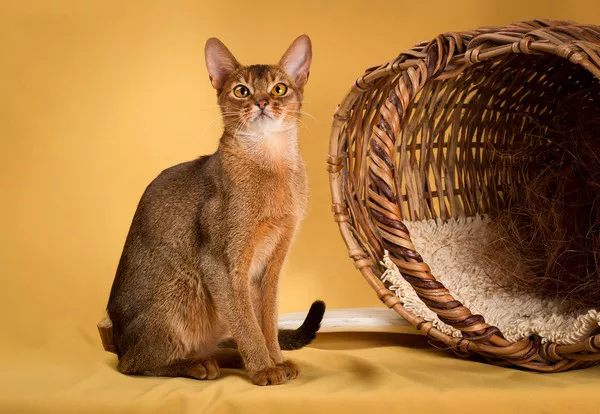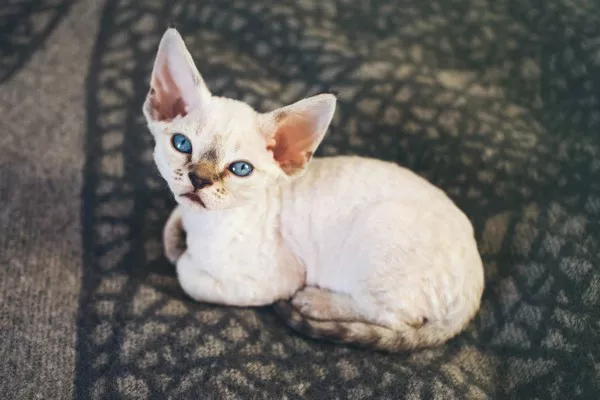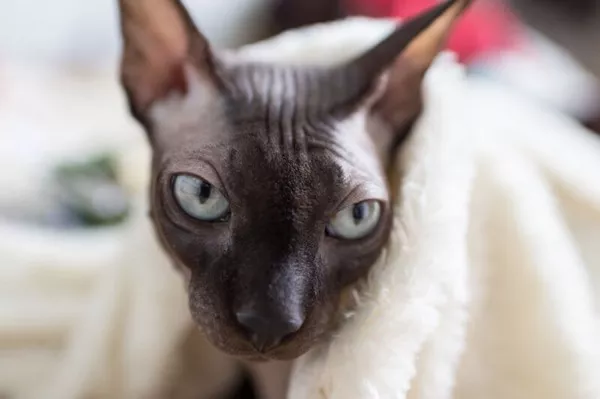Cats, with their enigmatic personalities and independent nature, have been cherished companions to humans for centuries. Petting your feline friend is a wonderful way to bond, but it’s essential to do it right to ensure a positive experience for both you and your cat. In this article, we’ll explore the art of properly petting a cat, offering expert tips and insights from feline behavior specialists and veterinarians. Whether you’re a new cat owner or a seasoned cat enthusiast, these guidelines will help you create a harmonious and affectionate relationship with your furry companion.
1. Understanding the Importance of Proper Petting
Trust and Comfort
Proper petting builds trust between you and your cat. When done correctly, it helps your cat feel safe, loved, and secure in your presence.
Stress Reduction
Petting can also reduce stress and anxiety in both you and your cat, making it a valuable tool for maintaining a calm and happy feline household.
2. The Dos and Don’ts of Cat Petting
Do: Start Slowly
Approach your cat calmly and begin petting gently. Allow your cat to initiate contact and get comfortable with your touch.
Don’t: Force Attention
Never force your cat to be petted or held. Respect their boundaries and cues. If your cat shows signs of discomfort, give them space.
Do: Watch for Cues
Pay attention to your cat’s body language. If they’re purring, leaning into your touch, or kneading with their paws, these are positive signs of enjoyment.
Don’t: Overwhelm
Avoid overwhelming your cat with vigorous or rough petting. Some cats prefer slow, gentle strokes, while others may enjoy a bit more playfulness.
Do: Focus on Preferred Areas
Most cats enjoy being petted on the head, chin, and neck. These areas are typically safe and pleasurable for them.
3. Tailoring Your Petting Approach
Individual Preferences
Each cat is unique. Some may love belly rubs, while others find it uncomfortable. Experiment to discover your cat’s preferred petting style.
The “Slow Blink” Technique
Cats often communicate affection through “slow blinking.” Mimic this by closing your eyes halfway at your cat. If they respond in kind, it’s a sign of trust and love.
4. Grooming as Petting
Brushing
Many cats enjoy being brushed, especially those with longer fur. Regular grooming not only keeps their coat healthy but also serves as a form of bonding.
Nail Care
If your cat allows it, trimming their nails can be another way to bond and prevent scratches. Ensure you use cat-specific nail clippers and approach with care.
5. When Not to Pet
During Playtime
Avoid petting your cat vigorously during playtime. Cats are often in a heightened state of excitement and may not appreciate petting until they’ve calmed down.
While Eating
Respect your cat’s mealtime. Avoid petting them while they eat to prevent stress or discomfort.
6. Expert Advice
Dr. Sarah Johnson, Feline Behavior Specialist
According to Dr. Johnson, “Proper petting is essential for building a strong bond with your cat. Always be mindful of their comfort and boundaries, and adapt your approach to their preferences.”
Dr. Mark Anderson, Veterinarian
Dr. Anderson advises, “Gentle petting can be therapeutic for both cats and humans. It releases endorphins and promotes relaxation. Just be sure to watch for any signs of discomfort and adjust accordingly.”
7. Final Thoughts
In conclusion, petting your cat is a beautiful way to connect and strengthen your bond. By understanding your cat’s preferences and respecting their boundaries, you can create a loving and trusting relationship. Remember that every cat is unique, so pay close attention to their cues and adjust your petting style accordingly. With the guidance of experts and a little practice, you can enjoy countless purr-fect moments with your feline companion.
FAQs about peting a cat
Q1. How Do Cats Prefer to Be Petted?
Cats generally enjoy being petted in areas where their scent glands are concentrated. These areas include the cheeks, behind the ears, and the base of the tail.
Start with slow, gentle strokes and observe your cat’s response. If they purr, knead, or lean into your hand, you’re doing it right.
Avoid sensitive areas like the belly and paws unless your cat explicitly invites you.
Q2. Why Does My Cat Sometimes Not Like to Be Petted?
Cats have individual preferences for physical contact. Some may be more sensitive to touch than others.
Pay attention to your cat’s body language. If they twitch their tail, flatten their ears, or swat at your hand, they might want some space.
Respect your cat’s boundaries and provide them with quiet time when they need it.
Q3. Is There Such a Thing as Over-Petting?
Yes, over-petting can overwhelm your cat. Cats may become overstimulated if you pet them too much, leading to biting or scratching.
Monitor your cat’s signals. If they start to twitch or become agitated, it’s time to give them a break.
Q4. Can I Pet a Cat While They’re Eating or Drinking?
It’s generally not advisable to pet your cat while they’re eating or drinking. Cats can be protective of their food and may perceive it as a threat.
Respect mealtime as a time for them to enjoy their food undisturbed.
Q5. How Do I Pet a Shy or Timid Cat?
Approach shy or timid cats slowly and quietly. Let them come to you on their terms.
Start with gentle and brief petting sessions, focusing on the areas they’re comfortable with.
Be patient and build trust over time.
Q6. Can Children Pet Cats Safely?
Supervise children when they interact with cats to ensure they handle them gently.
Teach children to read a cat’s body language and respect their boundaries.
Some cats may be more tolerant of children than others, so be aware of your cat’s comfort level.
Q7. Are There Benefits to Petting Cats?
Yes, petting your cat has several benefits. It can strengthen the bond between you and your feline companion.
It’s also a stress-reliever for both cats and humans. Petting can lower blood pressure and reduce anxiety.
Q8. Should I Pet a Cat I’ve Just Met?
It’s best to approach new cats cautiously. Allow them to get used to your presence first.
If the cat seems receptive, offer your hand for them to sniff. If they approach you, you can then initiate gentle petting.
Q9. Can Petting Cats Help Reduce Shedding?
Regular grooming and petting can help reduce shedding by removing loose fur.
Brushing your cat can also help distribute natural oils in their fur, promoting a healthy coat.
Q10. What Do I Do If My Cat Doesn’t Like to Be Petted at All?
Respect your cat’s boundaries. Not all cats enjoy extensive petting.
Focus on other forms of interaction like playtime or simply spending time in each other’s company.



























